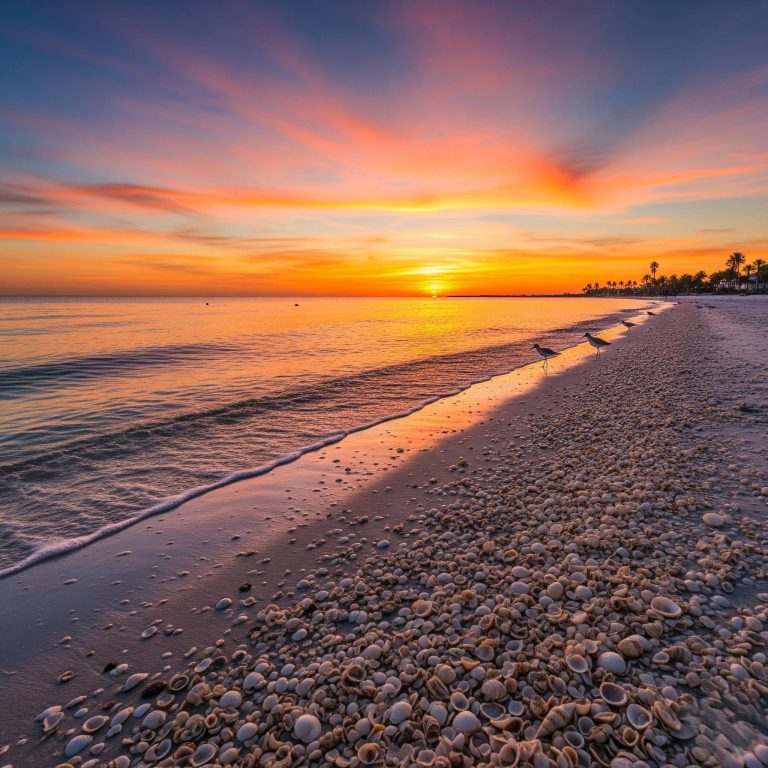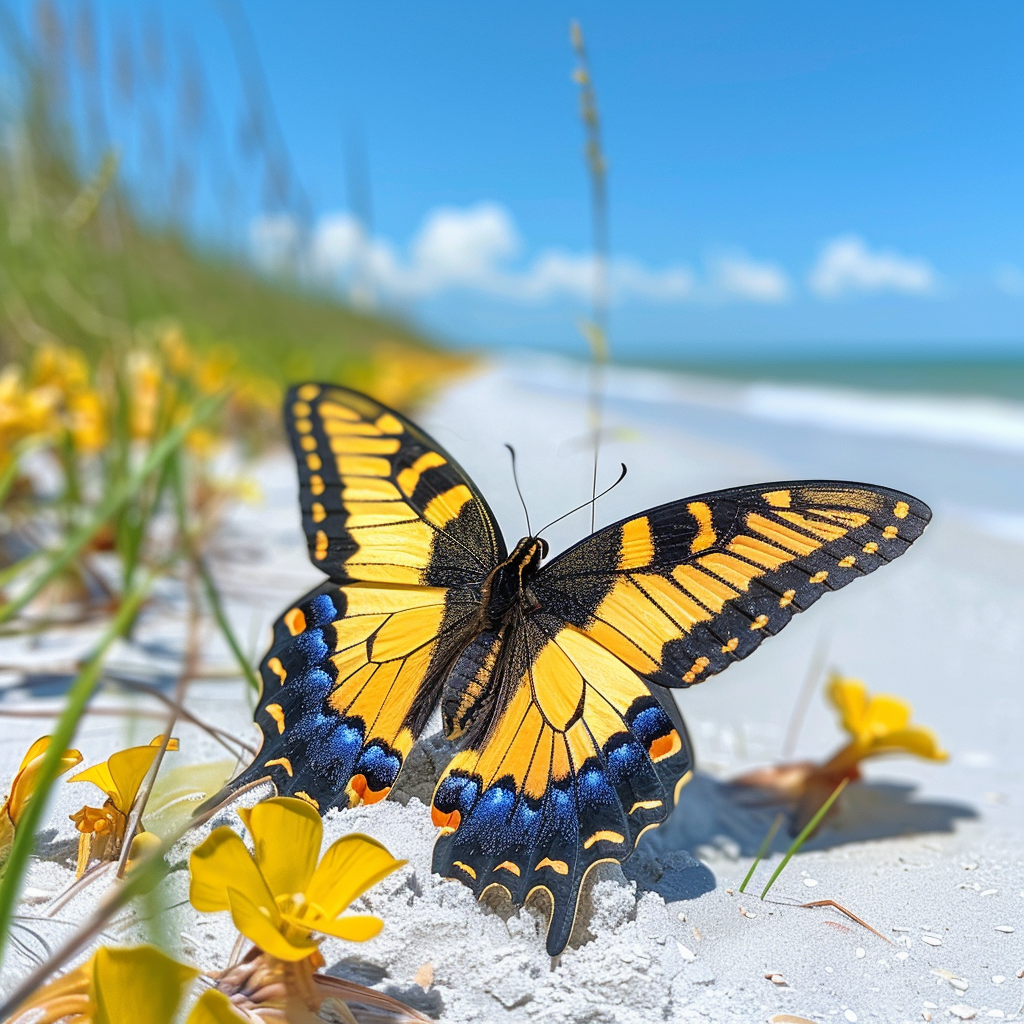
“These butterflies are hiding in plain sight on Sanibel Island…“
Can You Name Sanibel’s Most Iconic Butterfly?
Sanibel’s butterflies are more than just beautiful; they’re magical. “Butterflies symbolize transformation and beauty,” says Dr. Garcia, a butterfly conservationist. “Seeing them in their natural habitat can be a life-changing experience.” Imagine walking through a vibrant garden, the air alive with fluttering wings and colorful patterns.
Get ready to uncover secrets about these winged wonders, from the iconic Monarch to the elusive Atala. Whether you’re a nature lover or a curious traveler, this journey will reveal hidden gems of Sanibel’s butterfly world. Keep reading to discover what makes these butterflies truly special!
Did You Know?
Let’s explore the fascinating world of butterflies on Sanibel Island, with a special focus on three captivating species:
- Gulf Fritillary (Agraulis vanillae)
- Dingy Purplewing (Eunica monima)
- Ruddy Daggerwing
- Monarch Butterfly (Danaus plexippus)
- Zebra Longwing (Heliconius charithonia)
- Orange-Barred Sulphur (Phoebis philea)
- Passion-Vine Butterflies
1. Gulf Fritillary (Agraulis vanillae):
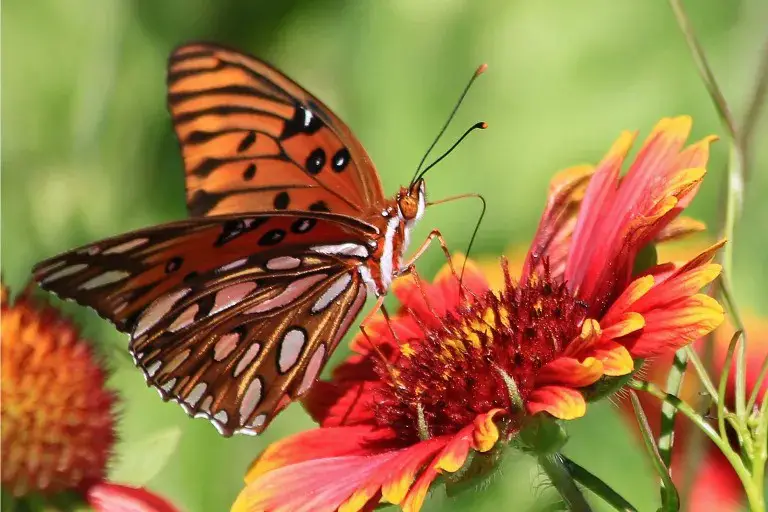
Credit : santivachronicle.com
- Appearance: The Gulf Fritillary is easily recognizable by its bright orange wings adorned with intricate black markings. Imagine a splash of sunshine fluttering through the island’s green foliage!
- Distinctive Features: Look closely, and you’ll spot three black-encircled white dots on the leading edge of its forewing—a charming detail that sets it apart.
- Habitat: These “popular” guys are abundant and often seen on Sanibel. They love sunny spots and are frequently found near passionflower vines, their preferred host plants.
- Life Cycle: From egg to caterpillar to pupa and finally to adult, their life cycle unfolds within the island’s lush vegetation.
- Diet: As adults, they sip nectar from giant milkweed (yes, that’s a real plant!) in Florida. In the tropics, they fancy cordia, casearia, lantana, and mikania.
- Fun Fact: The Gulf Fritillary gets its name from the Gulf of Mexico, which surrounds Sanibel Island. It’s as if they’ve claimed this sunny paradise as their own!
2. Dingy Purplewing (Eunica monima):
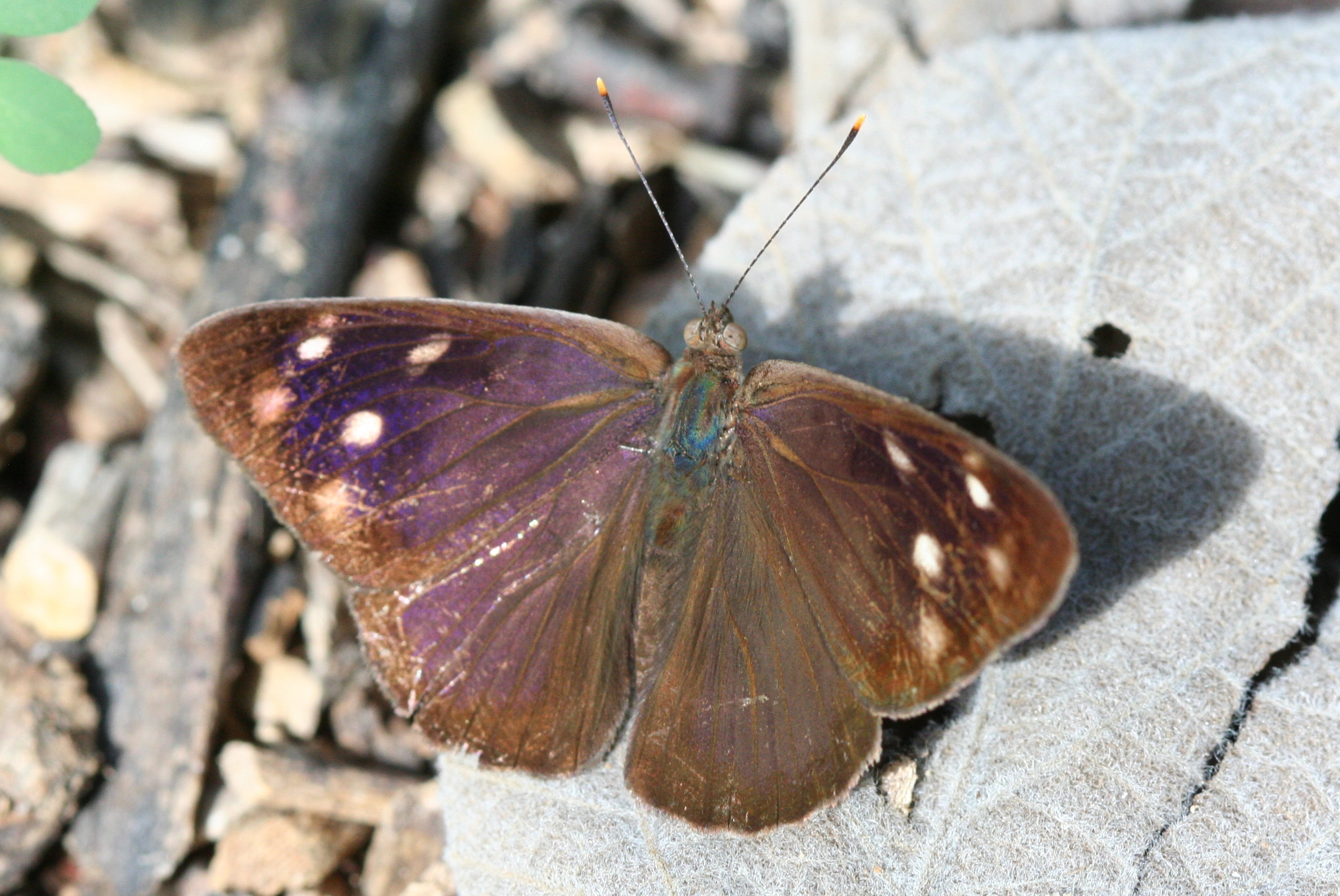
Credit : wikipedia.org
- Appearance: The Dingy Purplewing has an upperside that is brown-black with a slight purple sheen. Its forewing apex features dull, blurry white spots, while the underside is brownish gray with no distinct pattern.
- Caterpillar Stage: You’ll find these purplewings in Gumbo Limbo trees, which are quite prevalent on the island.
- Diet: As adult butterflies, they feed on rotting fruit, dung, and sap—unconventional choices compared to the typical flower nectar.
3. Ruddy Daggerwing:
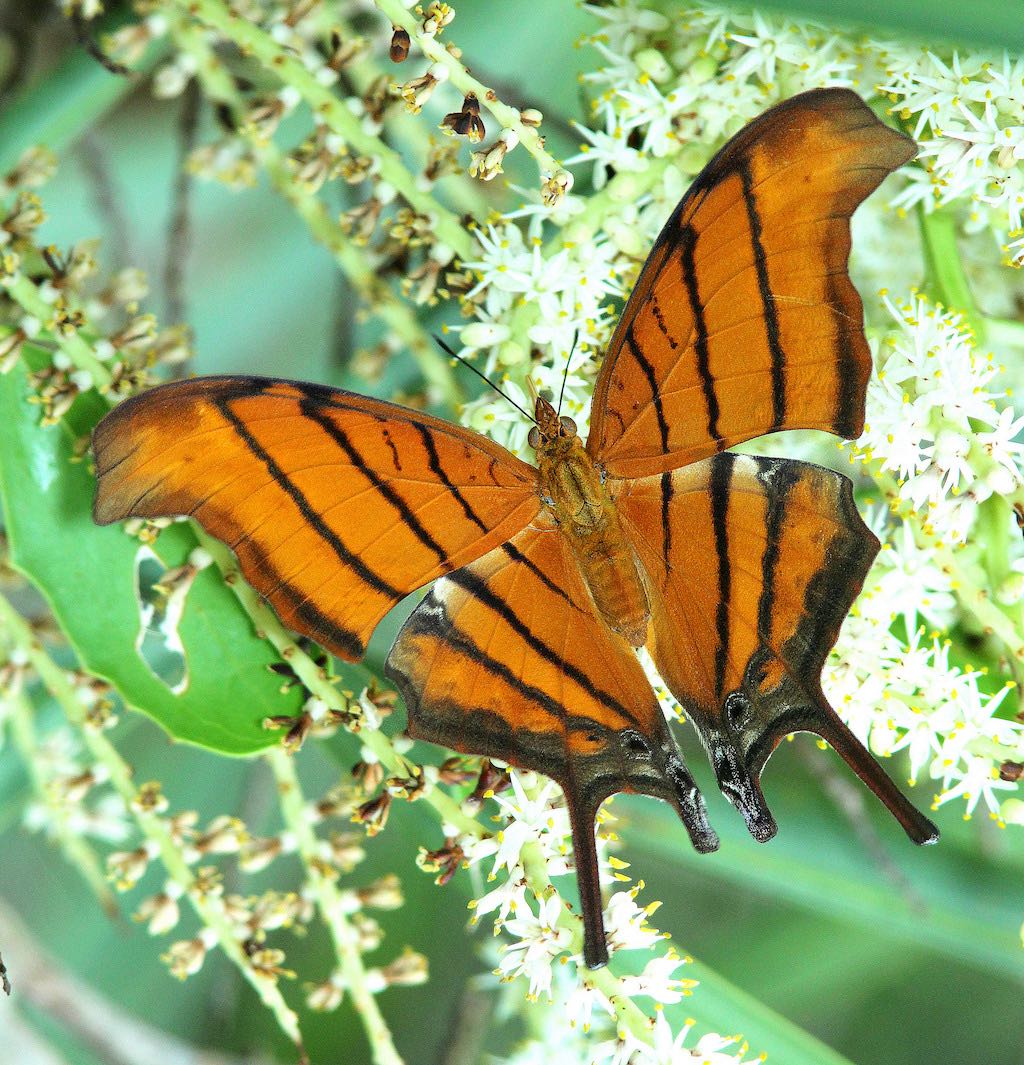
Credit : butterfliesathome.com
- Appearance: The Ruddy Daggerwing is more brilliant in appearance. Its forewing has an elongated tip, and the hindwing boasts long dagger-like tails.
- Color Palette: The upperside is vibrant orange with three thin black lines, while the underside resembles a mottled brown and black dead leaf.
- Caterpillar Habitat: During their caterpillar stage, Daggerwings reside in common fig trees (Ficus carica) and wild banyan trees (F. citrifolia) within the fig family (Moraceae).
- Adult Diet: They primarily sip nectar from giant milkweed in Florida and enjoy cordia, casearia, lantana, and mikania in the tropical regions.
4. Monarch Butterfly (Danaus plexippus)

Credit : Kenneth Dwain Harrelson
- Appearance: Monarchs are iconic with their vibrant orange wings adorned by intricate black veins. Their wingspan can reach up to 4 inches.
- Color Palette: Bright orange with black veins and white spots near the tips of the forewings.
- Caterpillar Habitat: Monarch caterpillars exclusively feed on milkweed plants (Asclepias spp.). Look for them munching on milkweed leaves!
- Adult Diet: Monarchs sip nectar from various flowers, including swamp milkweed (Asclepias incarnata), goldenrod, and yellowtop.
5. Zebra Longwing (Heliconius charithonia)

Credit : captivasanibel.com
- Appearance: Named for its striking striped wing pattern, the zebra longwing boasts black wings with pale yellow stripes.
- Color Palette: Black wings with pale yellow stripes.
- Caterpillar Habitat: Zebra longwing caterpillars feed on specific passion-vine species, such as corky-stemmed passionflower (Passiflora suberosa).
- Adult Diet: Unlike most butterflies, zebra longwings eat pollen in addition to nectar. Pollen consumption extends their lifespan to up to three months.
6. Orange-Barred Sulphur (Phoebis philea)
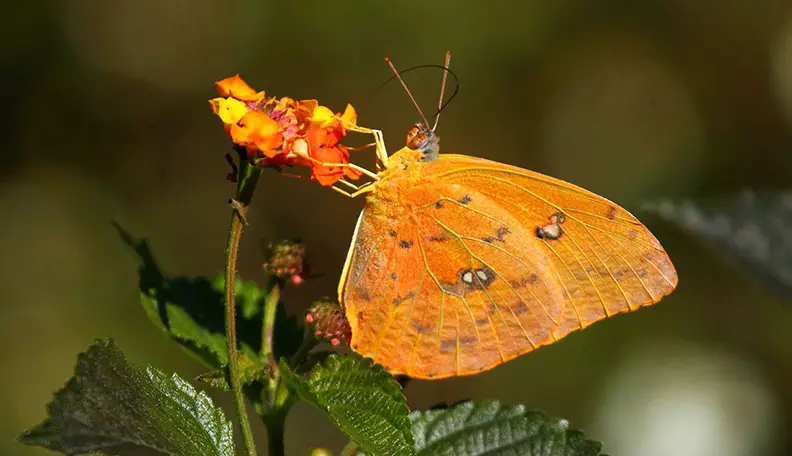
Credit : alabama.butterflyatlas.usf.edu
- Appearance: These butterflies flaunt bright orange wings with elongated, iridescent silver spots underneath.
- Color Palette: Vibrant orange with silver spots on the underside.
- Caterpillar Habitat: Look for orange-barred sulphur caterpillars on passion-vine leaves, especially maypops (Passiflora incarnata) and running pop (P. foetida).
- Adult Diet: They primarily feed on nectar from flowers like blue porterweed and other native plants.
7. Passion-Vine Butterflies

Credit : bugsandbutterflies.uk
- Host Plants: Passion-vine butterflies, including the zebra longwing and gulf fritillary, lay their eggs on passionflower vines (Passiflora spp.).
- Caterpillar Food: Passion-vine caterpillars feast on passionflower leaves.
- Nectar Sources: These butterflies enjoy nectar from passionflower blooms and other colorful flowers.
Interactive Poll
Spot the Butterfly Interactive Poll 🦋🌺
Let’s have some fun with a quick butterfly-themed quiz. 🦋🌿
Conclusion🧐
🦋 Want to see more? Discover hidden spots and tips to enhance your butterfly-watching experience. Whether it’s a quiet beach or a lush garden, the perfect butterfly moment awaits!
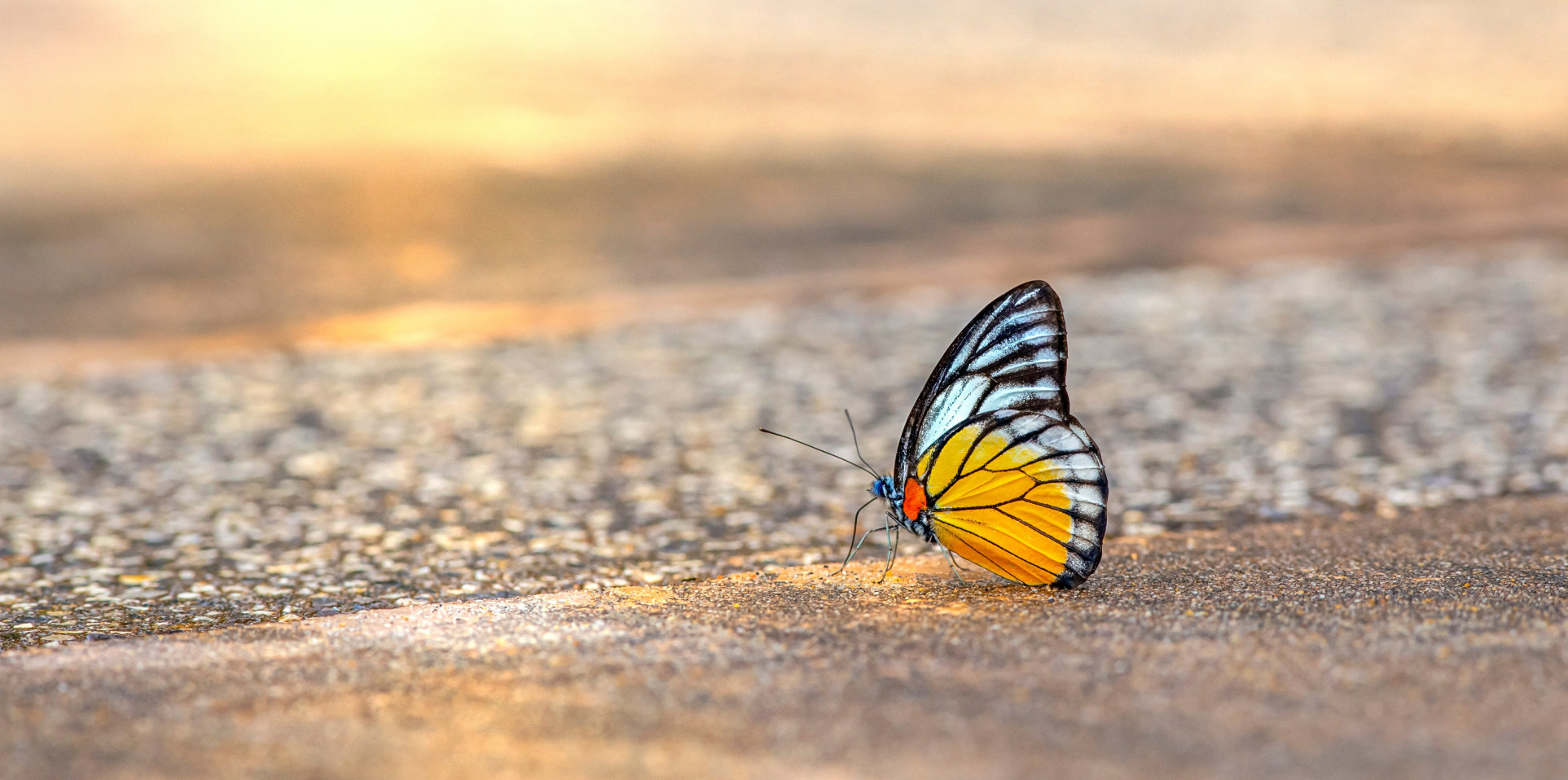
Credit : goodfon.com
Thank You for Visiting!
Thank you for exploring Sanibel’s butterfly world. Each flutter brings joy and wonder. Don’t forget to share your butterfly photos with the community! 📸✨

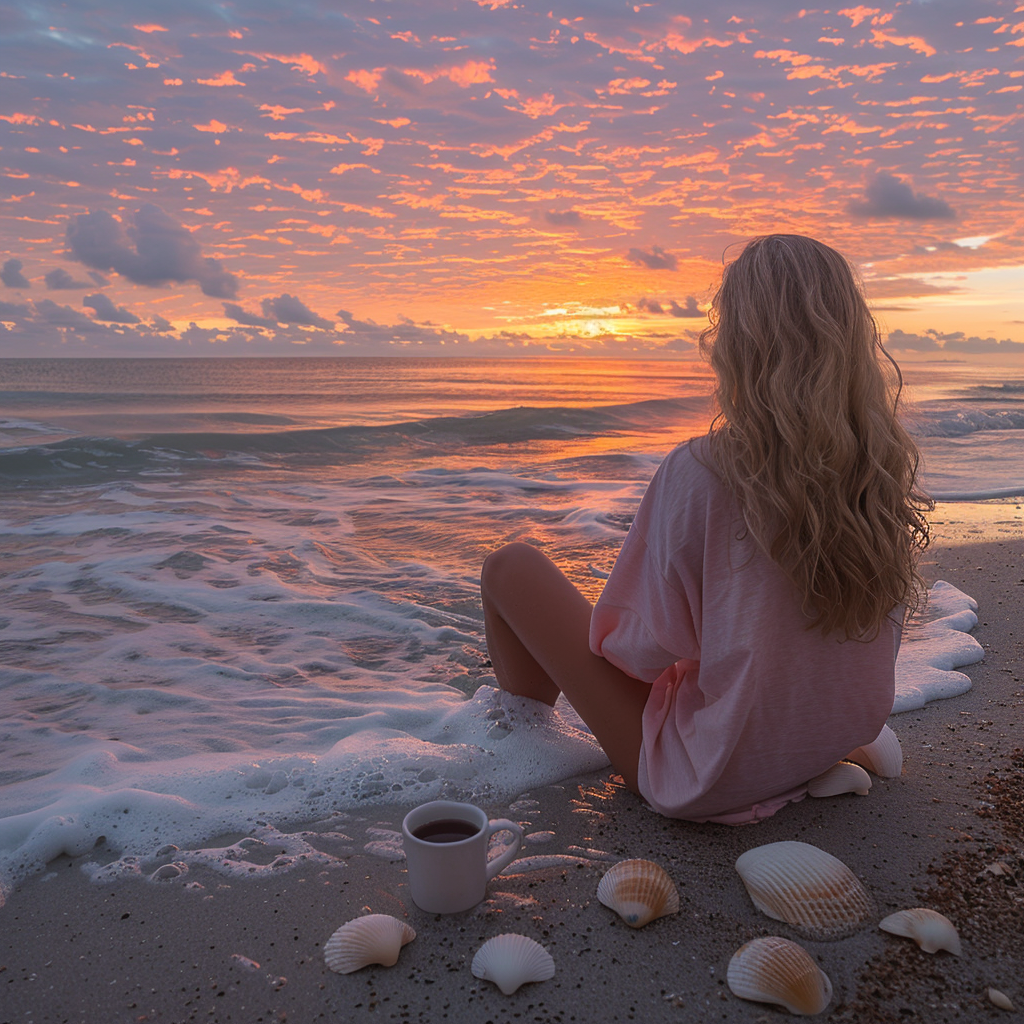
I’m Ayla Wolesky, and I’ve spent years exploring every corner of Sanibel Island. From its pristine beaches to the hidden gems only locals know about, I’m passionate about sharing everything this beautiful island has to offer. Whether it’s the best spots for shelling, the wildlife that makes Sanibel so special, or where to enjoy a perfect sunset, I’ve got you covered. My goal is to provide insider tips and up-to-date information that will help you experience Sanibel Island like never before.



